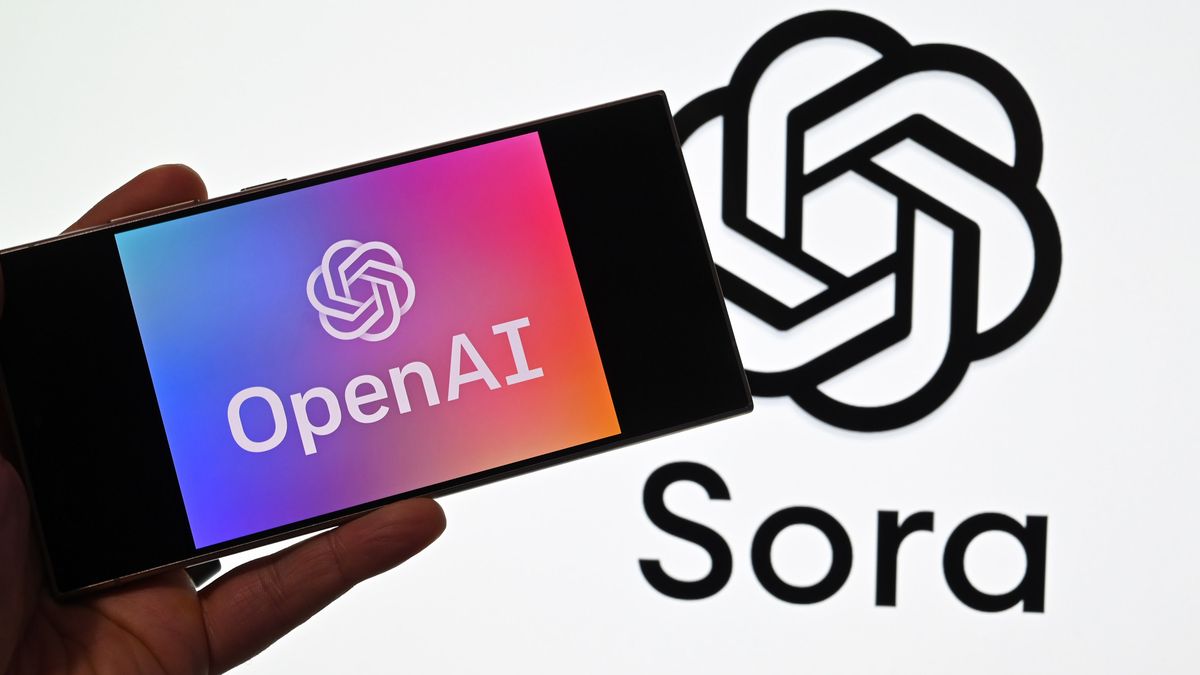"It often generates unrealistic physics and struggles with complex actions over long durations": OpenAI's Sora ships to general availability with critical performance caps and a $200 subscription requirement for better resolution and longer duration
OpenAI's long-anticipated text-to-video model finally ships to broad availability, but with critical performance bottlenecks.

- OpenAI just shipped its text-to-video model, Sora, to broad availability.
- It's limited to ChatGPT Plus/Pro users with resolution and duration caps.
- Sora is powered by a faster, more powerful video generation model.
On the third day of OpenAI's 12 days of "Shipmas," the ChatGPT maker announced the broad availability of its text-to-video model, Sora. The tool was released earlier this year in preview. The model can generate one-minute-long videos while maintaining high quality and adherence to the user’s prompt.
During its launch, users cited critical performance issues, including its struggles to simulate the physics of a complex scene and understand specific instances of cause and effect. However, OpenAI has indicated that the product is now powered by a more powerful and capable model, Sora Turbo, making the video generation process seemingly faster.
It's worth noting that the new model ships have critical limitations, as highlighted by OpenAI. These include generating unrealistic physics and struggling with complex actions over long durations.
From the OpenAI announcement, where the company discusses its approach to deployment:
"The version of Sora we are deploying has many limitations. It often generates unrealistic physics and struggles with complex actions over long durations. Although Sora Turbo is much faster than the February preview, we’re still working to make the technology affordable for everyone.
We’re introducing our video generation technology now to give society time to explore its possibilities and co-develop norms and safeguards that ensure it’s used responsibly as the field advances.
All Sora-generated videos come with C2PA metadata, which will identify a video as coming from Sora to provide transparency, and can be used to verify origin. While imperfect, we’ve added safeguards like visible watermarks by default, and built an internal search tool that uses technical attributes of generations to help verify if content came from Sora.
Today, we’re blocking particularly damaging forms of abuse, such as child sexual abuse materials and sexual deepfakes. Uploads of people will be limited at launch, but we intend to roll the feature out to more users as we refine our deepfake mitigations. You can read more about our approach to safety and monitoring in the system card as well as details on our red teaming efforts.
Get the Windows Central Newsletter
All the latest news, reviews, and guides for Windows and Xbox diehards.
We hope this early version of Sora will enable people everywhere to explore new forms of creativity, tell their stories, and push the boundaries of what’s possible with video storytelling. We’re excited to see what the world will create with Sora."
Sora is currently limited to ChatGPT Pro and Plus users. To this end, Sora's video-generating capabilities are capped at 1080p and 20 seconds long.
Users can access the site directly from OpenAI.
ChatGPT Plus users can generate up to 50 videos at 480p per month. Users can also opt to create fewer videos with better image quality of up to 720p per month. Interestingly, its newly launched $200/month ChatGPT Pro subscription affords up to 10 times as much usage as Plus users, alongside better resolutions and longer durations.
OpenAI plans to introduce tailored pricing for different types of users next year. Sora-generated videos can be remixed or blended and will also feature a watermark for easy identification of AI-generated content and safety purposes.

Kevin Okemwa is a seasoned tech journalist based in Nairobi, Kenya with lots of experience covering the latest trends and developments in the industry at Windows Central. With a passion for innovation and a keen eye for detail, he has written for leading publications such as OnMSFT, MakeUseOf, and Windows Report, providing insightful analysis and breaking news on everything revolving around the Microsoft ecosystem. You'll also catch him occasionally contributing at iMore about Apple and AI. While AFK and not busy following the ever-emerging trends in tech, you can find him exploring the world or listening to music.
